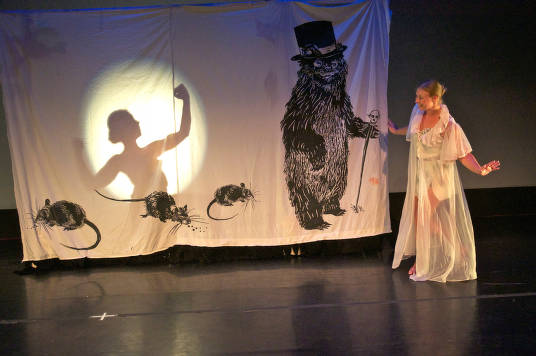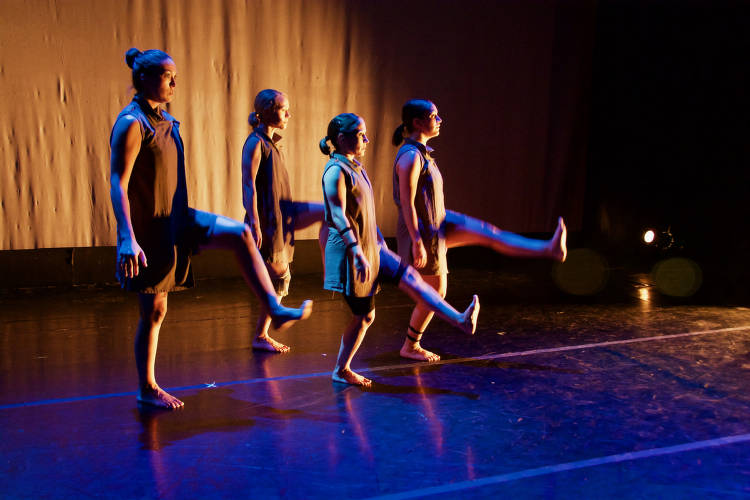The fringe theatrical movement in Indianapolis, modeled after the Edinburgh (Scotland) Fringe Festival, developed as part of ’s cultural tourism initiative. The IndyFringe Theatre Festival, commonly called IndyFringe, was designed to help develop the Circle City’s theatre scene.

Setting out with a mission to support Indianapolis artists and make the theatre scene accessible, Peterson appointed Keira Amstutz to oversee the initiative in 2001. She and Kathleen Robbins, a New York City theatre transplant, organized a public meeting, “Theatre City Indianapolis 2012,” to envision plans for the future of theatre in the city. IndyFringe emerged as the best one to pursue. The (CICF) and the provided seed money, and IndyFringe’s inaugural festival launched in August 2005. The event ran for 10 days and hosted over 100 shows and attracted nearly 5,000 people.
Over the next 15 years, with continuing support from CICF, the Efroymson Family Fund, the , the Riley Area Development Corporation, and Indianapolis Downtown, Inc., the IndyFringe Festival grew to host hundreds of performances throughout the city. Routinely, half of the groups who appeared were local performers, while the other half originated from outside of Indianapolis. Local performing arts groups that have appeared at IndyFringe include , the , and the UIndy Theatre Company. In less than 10 years, attendance had grown to over 15,000 people annually and returned over $100,000 to the artists.

Beyond the festival itself, IndyFringe made investments into performing spaces so as to host year-round programming. With financial support from major donors such as CICF, the , , and the City of Indianapolis, IndyFringe moved into a former church at 719 E. St. Clair Street, in 2008. Frank and Katrina Basile donated $100,000 to start the capital campaign to buy the church in 2011, resulting in IndyFringe’s acquisition of the site in 2012. The group named the space the IndyFringe Basile Theatre.
Three years later, IndyFringe opened a new lobby for the Basile Theatre called the Trailhead as well as a smaller performance space, Indy Eleven Theatre. This new theatre received significant financial support from the soccer team. It is considered a blackbox, experimental theatre. Not long after, in 2018, IndyFringe also partnered with the Central Indiana Community Foundation to open the District Theatre. As of 2020, IndyFringe stopped using the District as a venue, but it continues to partner with the theatre for the summer festival.

In 2019, IndyFringe was one of 17 organizations that awarded a Strengthening Indianapolis Through Arts & Cultural Innovation grant. The grant allowed the organization to continue the expansion of its programming by creating Fringe on Wheels, a mobile arts and theatrical experience run out of a customized van. Designed to make the humanities accessible, the Fringe on Wheels experience collaborated with other local humanities groups and traveled to Indianapolis schools and, community centers, and neighborhoods to provide pop-up shows.

Help improve this entry
Contribute information, offer corrections, suggest images.
You can also recommend new entries related to this topic.





